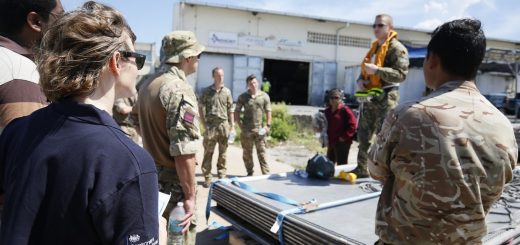Technology has improved breast enlargement
Technology in the medical world has been central to the development and improvement for treatments for a wide variety of conditions and illnesses. As an example, there are many different types of cancer. Until a few years ago, the survival rates for some of these cancers was not very positive. But technology has enabled the development of new drugs and surgeries, so there are now many types of cancer where the prognosis can be very good.
Technology in cosmetic surgery
In the past, some breast enlargement surgeries could leave the patient with excessive scarring and reduced sensation in both the breast tissue and the nipple. Research and advances in incision technology mean that when most people have breast enlargement surgery, they will not lose sensation and they will see much less scarring.
Technology in breast surgery also applies to the type of implant that is used. There have been concerns about the safety of some types of implants, so a great deal of work has been done to find alternatives, that are less likely to rupture and cause health problems.
The good news is that cosmetic surgery is safer than it has ever been and those who opt for it are finding that their new look is far more natural-looking than it would have been when cosmetic surgery was in its infancy. Breast implants, as an example, have a more natural shape to them and are now mainly used to enhance the silhouette, rather than to create very large breasts.
Medical advances
Digital innovations in the medical world have come up with solutions to a number of medical problems. Research has been carried out in all medical fields and some of the innovations have been life changing for patients. For those who have suffered heart failure, the development of a variety of sensors to monitor heart rates means that doctors have more information to ensure they prescribe the right treatment.
Mobile apps are an area of technology that has a benefit in every aspect of life but they can also be used in medicine. People can use apps to track their own health, not just their heart rate, but for fitness monitoring, calories counting and even recording their sleep patterns. This way when anything is not quite right they have the information right there to present to the doctor.
Doctors can also make use of remote monitoring so that patients can be in their own home rather than at the doctor’s surgery or the hospital. This is particularly useful when patients have things like pacemakers fitted, or if their blood pressure needs to be monitored over a day or two. The results can be reported back and analyzed without taking up the patient’s time.








